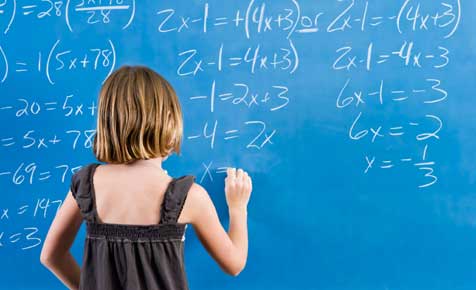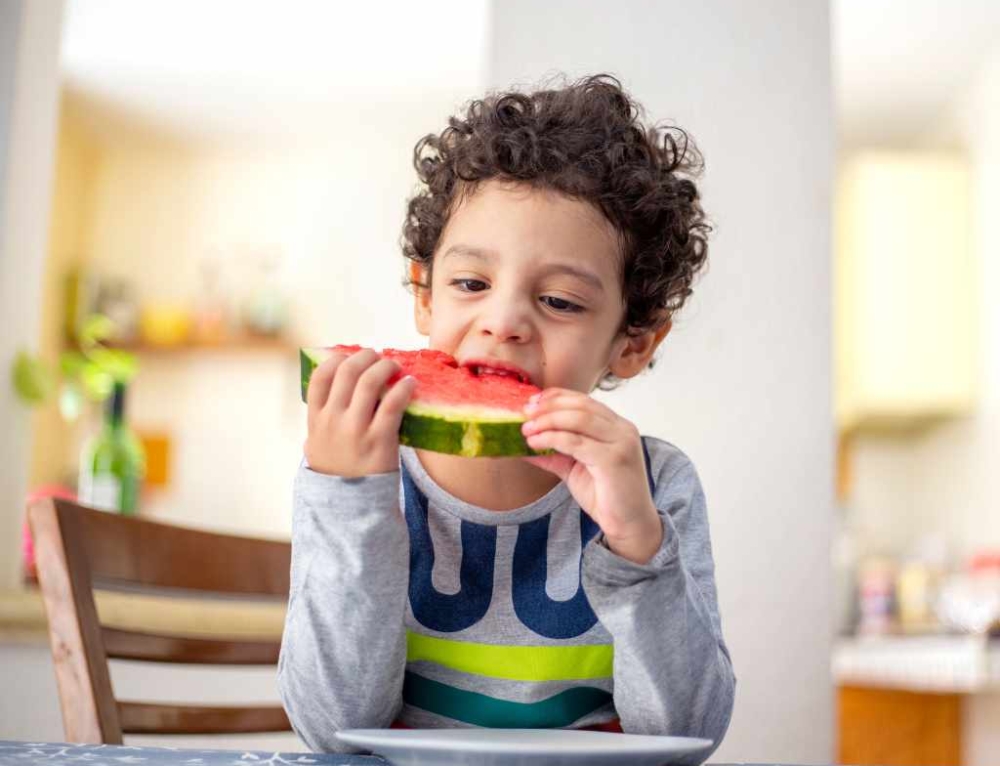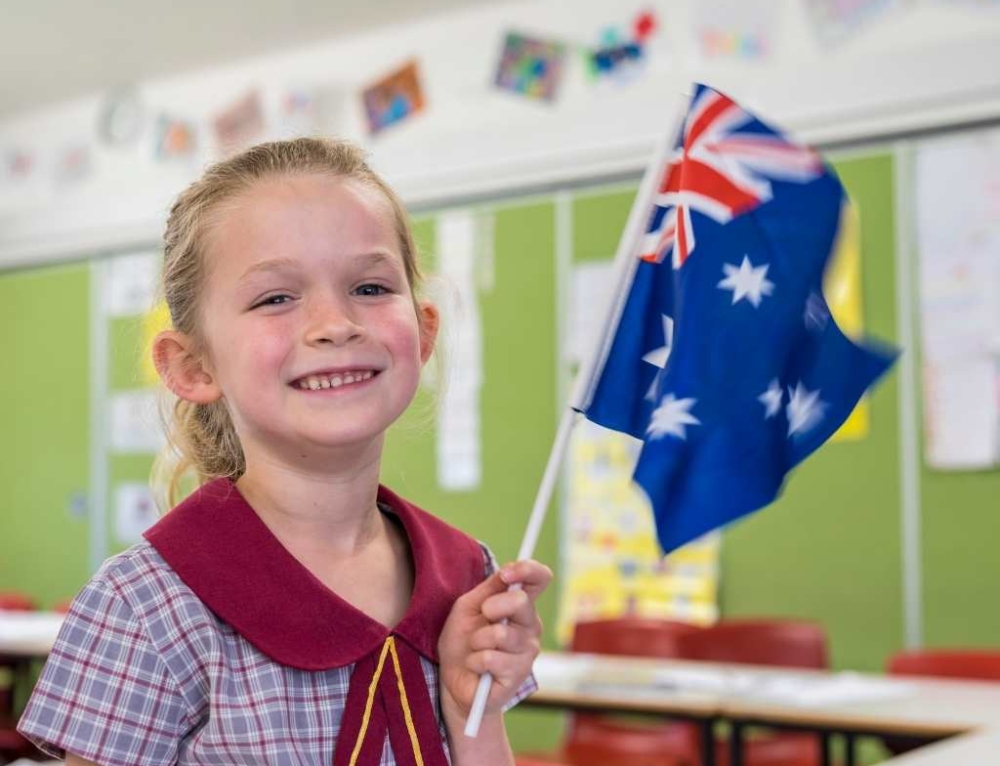So your child has mastered addition, subtraction and multiplication. Well done, there is only division left to learn of the basic numeric operations.
Division for kids aged 5-6
If your child is aged 5-6 years then the focus is on using concrete materials to learn the concept of equal shares. This is usually easily learnt as most parents have familiarised their children with the language of ‘sharing’ through play experiences with other children. Ideas to use at home are:
- Equal pouring – fill a jug with water and let your child fill smaller cups/glasses with the same amount of water.
- Ask your child while wrapping presents to cut sticky tape or ribbon so that there are two lengths the same.
- Drawing games – lots of legs is a great one that can be done with drawing or with toothpicks and play dough. Show them 20 toothpicks and tell them you need to share the legs evenly between the monsters. Talk about what happens when the monsters have two legs, when they have 3, when they have 10.
Division for kids aged 7-8
Children aged 7-8 years are recognising the division sign and understand that division “undoes” the effects of multiplication just as subtraction “undoes” or is the reverse of addition. Your child may also understand division as repeated subtraction. Try these games to reinforce the concepts:
- Animal Paddocks – give your child an A4 piece of paper which has been divided into different sized segments. Give your child plastic animals and ask them to place the animals into paddocks so that they each have the same amount of space. This is working on division as well as a lead into fractions.
- Dividing food is always a strong motivator. When cutting a birthday cake or slicing a pizza have children count the number of people and tell you how many pieces you will need for everyone to have an equal share.
- Pegging clothes – explain that you need help with hanging the washing. Each piece of clothing takes 2 pegs and you have 20 pegs – let them guess how many items they will be able to hang and then have a go! Alter this depending on how well they know their multiplication facts.
Division for kids aged 9-10
Children 9-10 years are relating their division facts for example they know 36 divided by 4 is the same as halving 36 and halving again. They recognise the sign for short and long division and can list multiples and factors. They know that when dividing there is often a remainder and can explain why. Try these learning games to help with division:
- Dice Games – take three dice (you can use numbers written on cards if you don’t have dice to roll) and roll two. These two are multiplied to become the total. Then roll the 3rd dice and divide the total by this number. Model the number sentence with concrete materials or draw it if needed. Discuss why there are remainders.
- Real life situations – children of this age are usually getting pocket money. Discuss real life situations that involve money and remainders for example “share $7 between 3 people”. Alternatively questions such as “fifty eggs are packed into half dozen lots (groups of 6). How many cartons would a farmer need?
Division for kids aged 11-12
For children aged 11-12 division becomes complex. Children are now doing long division dividing a number by a two and three digit numbers. Children are also learning to write remainders as fractions and decimals. Further children are having to apply their knowledge of division to problem solve.
- Value for Money – when going shopping ask kids to determine which item is the best value for money. Questions such as “which is the best value buy 4 toilet rolls for $2.95 or 6 toilet rolls for $3.95” are suitable for kids this age.
- Dividing with Place Value with problems such as ‘On the way to school 4 children found a $50 note. They handed it in to the principal. They will get a share of the $50 if no one claims it after a week.’ Then ask how much would each child get? How much would each child get if $5 was found? How much would each child get if 50c was found?
- Division Webs – this is an alternative to worksheets and algorithms. Children create web patterns using three- or four-digit numbers. They draw the web with the divisor in the middle and the divided number around the web. To make this more difficult you write in the numbers around the web and they find the common divider in the centre.
- Averages – Determining the average whether it be the weather average for the week or their favourite cricket player’s batting average, this activity is a great way to practise division. To find the average add the total together and divide by the number added.
Important
Helping your child does not have to involve worksheets, flashcards or expensive maths programs. It only requires patience, enthusiasm and links to real life experiences.
This article was written by Michelle Barrington for Kidspot, New Zealand’s leading education resource for parents. Michelle is a teacher and mother who blogs at Gee, You’re Brave.







Leave A Comment
You must be logged in to post a comment.